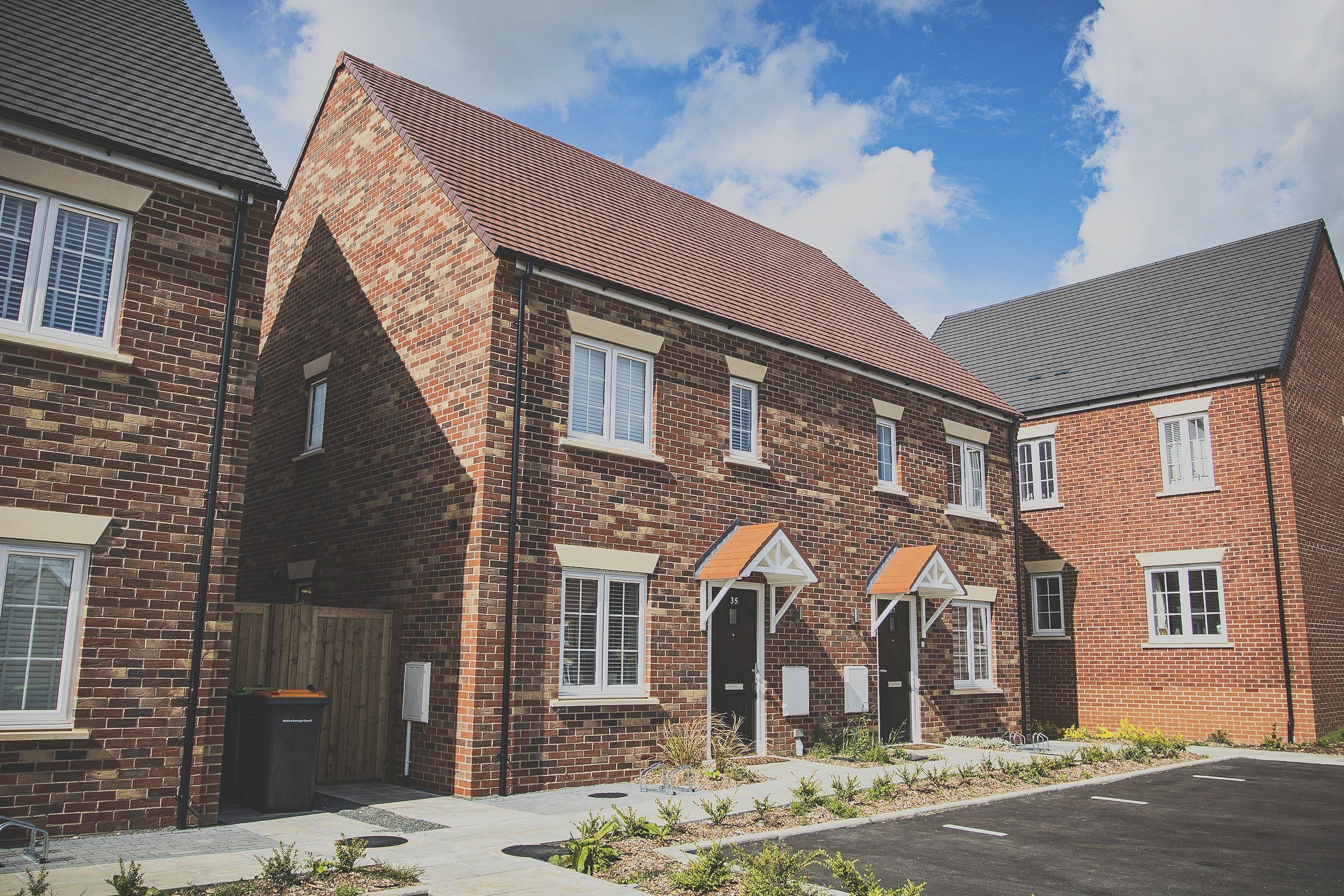
Simplify Your Rental Journey: Guaranteed Income and Streamlined Management For Landlords
Landlords who choose to self-manage their properties often face a range of challenges that can make the experience overwhelming. From dealing with tenant complaints and maintenance emergencies to ensuring compliance with UK Law regulations, the responsibilities can quickly pile up. Many landlords find themselves constantly balancing the need to provide quality service to tenants while also keeping costs under control and maintaining a steady rental income. The time-consuming nature of managing repairs, responding to urgent requests, and handling legal paperwork can leave landlords feeling drained and stretched thin. Without the right support or resources, it becomes difficult to keep up with the demands, making self-management a high-stress job.
Company lets are indeed a game changer for landlords, offering a hassle-free alternative to traditional tenant management. With long-term leases in place, landlords can enjoy the stability of knowing their properties are in secure hands, as the responsibility for tenant management, maintenance, and regulatory compliance is shifted to the leasing company. This streamlined approach ensures a steady and reliable income stream whilst alleviating the burdens of day-to-day property management. Landlords can have peace of mind, knowing that their investment is being expertly managed without the usual headaches of self-management.
Supported Housing
Providing affordable homes for the vulnerable people by working alongside councils and social housing providers.
Collaboration with Local Councils and Housing Providers
Ensuring that the needs of vulnerable populations are fully understood and addressed in collaboration with local councils and housing providers is crucial. This involves providing safe, secure affordable homes, helpline and support.
Designing for Accessibility and Support Services
Affordable housing for vulnerable individuals often needs to be designed with specific considerations, such as physical accessibility, safety, and proximity to necessary services like healthcare, education, and transportation.
